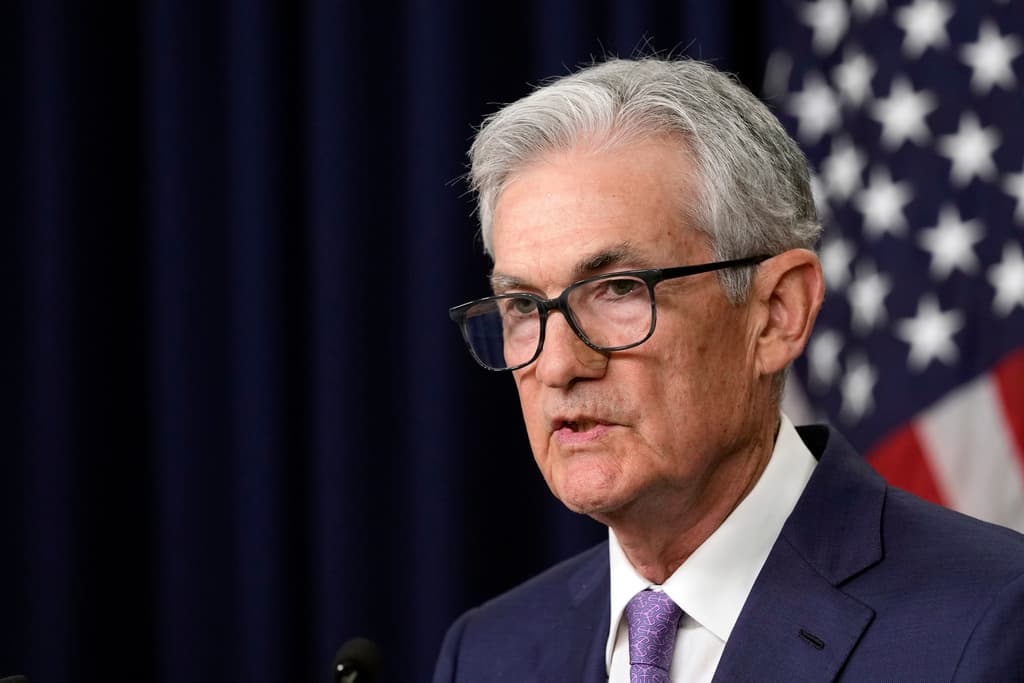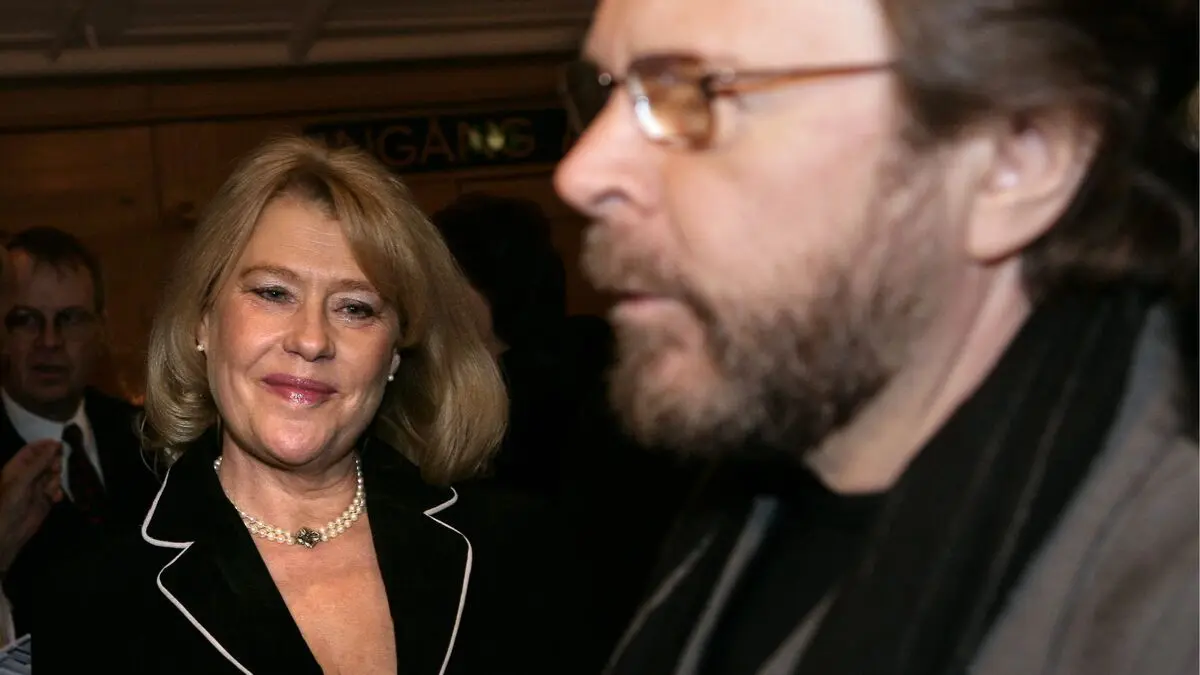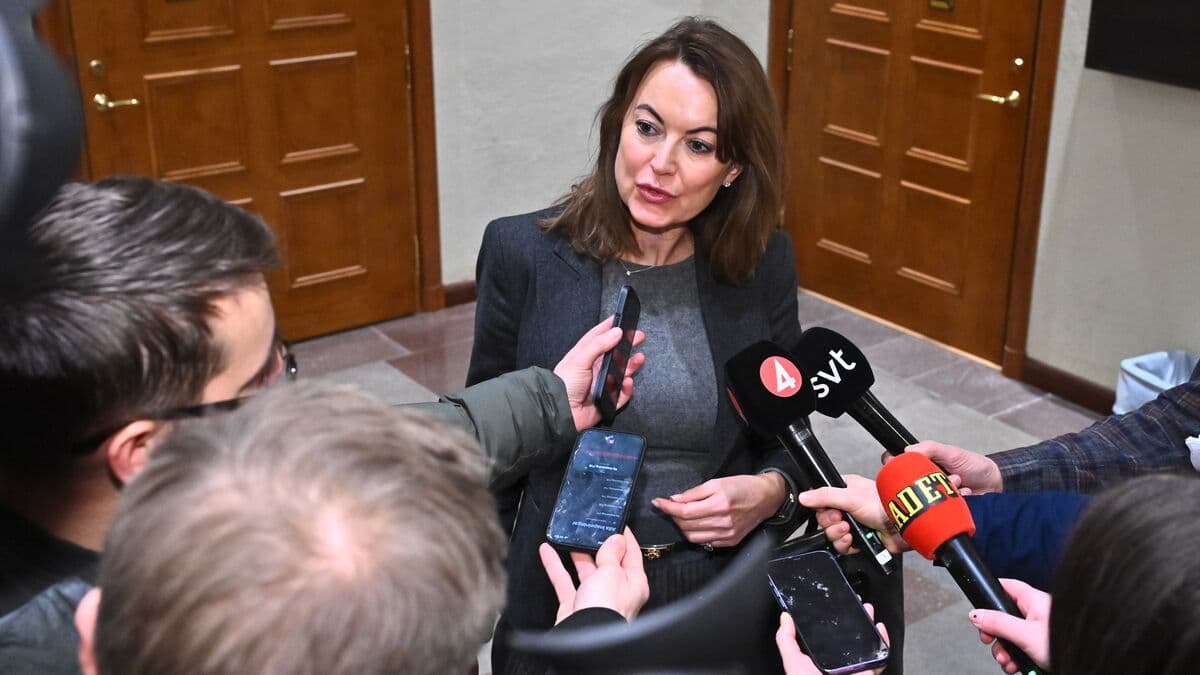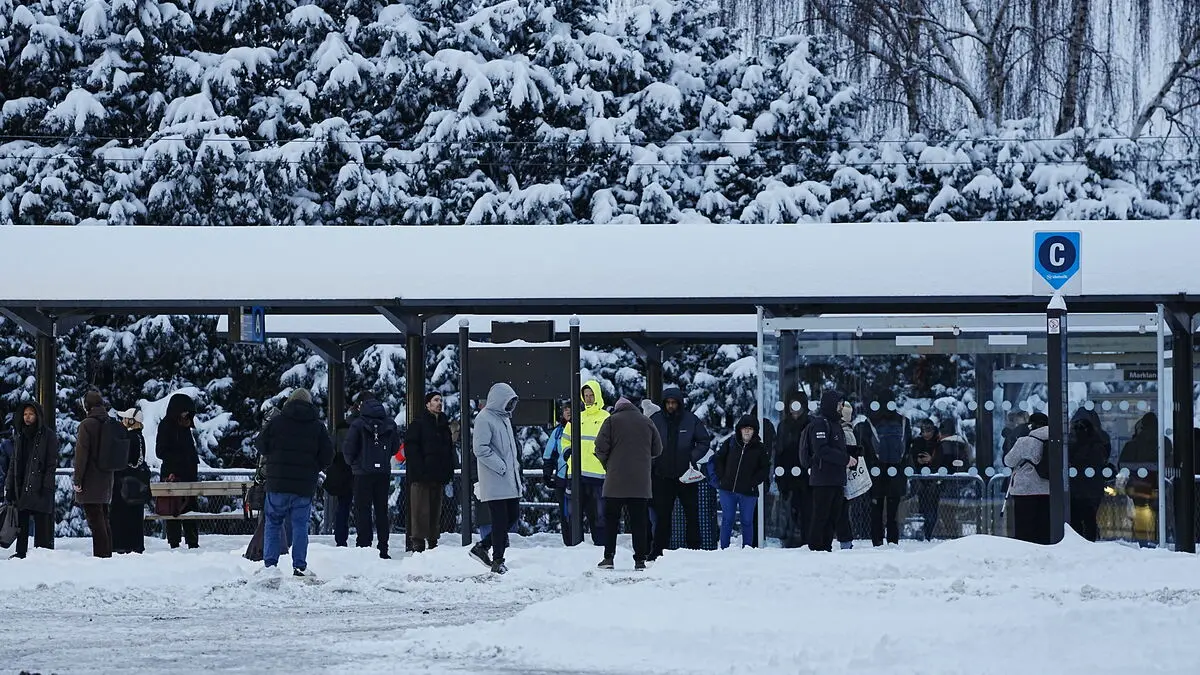How large the interest rate cuts that may become relevant and at what pace, he leaves unsaid.
The timing and pace of the interest rate cuts depend on incoming data.
Powell expects the inflation in the US to approach the target of 2 percent and further states that the Federal Reserve (Fed) does not want to see any further cooling of the labor market.
The market had expected signals of an interest rate cut and has also priced in an interest rate cut in September, says Torbjörn Isaksson, chief analyst at Nordea.
The question is whether they lower by 25 or 50 points. And also how quickly they move forward afterwards.
Can take "bigger steps"
That the Fed is getting closer to an interest rate cut was clear already when the protocol from the latest interest rate meeting in July was made public earlier in the week. It emerged that a large majority of the board members are ready to lower the interest rate at the next meeting, on September 17-18, if inflation develops as expected.
The Fed has been criticized by analysts for possibly waiting too long to lower the historically high policy rate – which is in the range of 5.25-5.50 percent – and that it now requires a double cut.
The Fed may have had its own thoughts about lowering by 50 points when they start lowering. The policy rate is still 5.50, and then they can take bigger steps without it being stressful, says Torbjörn Isaksson.
Important labor market
That the weakened labor market has become increasingly important for the Fed's assessments is clear, emphasizes Isaksson.
Inflation has come down and the Fed is more confident that inflation is under control. Then they can broaden their perspective and look more at the labor market. They do not want to cause a significant weakening of the labor market, and therefore they want to ease the brakes and start lowering the interest rate.
The US stock exchanges rose after Powell's speech, as did the Stockholm Stock Exchange. The dollar weakened and lost some ground against the krona.






